

Population
Size and Growth
According to the 2010 Ghana Population and Housing Census, the total population of the Municipality was 136,483 with males and females constituting 46.9% and 53.1% respectively with a growth rate of 2.1%. The population of the Municipality was estimated to be 159,206 people for 2017 using the growth rate. The table below shows the population size and sex by location:
Table above 1.6 shows that there are more females than males in the Municipality. Sex ratio is the ratio of males to females in a given population, usually expressed as the number of males per 100 females. The sex ratio for the Municipality is 88.4 meaning for every 100 females, there are about 88 males.
Age – Sex Structure
The projected population for the Municipality indicates that 37% of the population is in the 0-14 years, 55% is in the 15-64 years and 8% is in the 65+ age cohorts. The data also indicates that majority of the population (45%) falls within the economically active group. This is an important asset to drive the economy of the Municipality, especially if they are provided with the necessary skills, support and employment opportunities.
Table 1.7 above also shows a structure characterized by high dependency ratio of 81.3 in the Municipality and as high as 85.3 among males. This results in high economic pressure on the males as compared to their female counterparts.
Projected population for the various age groups as indicated in the table 1.8 below shows that 0-14 years group constitutes 37 percent which is the highest, followed by 23 percent for 20-59 years group and 16 percent for 15-25 years group. The 0-14 age group composition being the highest as a result of high fertility and birth rates especially among teenagers (high rate of teenage pregnancy).
Migration (Emigration and Immigration)
Migration is one of the components of population and its dynamics. Its measurement can be done in a number of ways. In this section, migration is measured with respect to nationality and birth place. The nationality of the population in the Municipality shows that persons of Ghanaian parentage, as expected, constitutes the largest percentage of the population (97.5%). Ghanaians with dual citizenship constitutes a very small percentage (1.2%). Population with dual nationality is just 0.8% while those that are non-Ghanaians constitute 2.1%.
Population by birth place also shows that about 66.1% were born at same locality, 19.4% born at different locality within the Municipality, 13.2 were born in different region and the remaining 0.7% born abroad.
Gender Equality
The overall goal of women’s empowerment policies is to attain gender equality and equity in political, social and economic development systems and outcomes. For the attainment of this goal, the Departments of Social Welfare and Community Development, Cooperatives, and NBSSI have implemented a number of policy measures and specific programmes over the past medium term. They included training women groups in income generating activities, capacity building on maintaining family, training for disables and setting them up, amongst others. In addition, gender-responsive budgeting and training on gender equality was instituted and introduced measures to promote change in the socio-cultural norms and values inhibiting gender equality.
For economic empowerment of women to be achieved especially in the informal economy, social protection programme like LEAP was implemented to ensure that the vulnerable especially women have equal access to socioeconomic opportunities just like the men.
Settlement Systems
Physical Development
The settlement pattern of the Municipality can be described as a linear type of settlement because most of the settlements are along road transport networks. The Municipality has a total of one hundred and sixty nine (169) settlements and eight (8) Town and Area Councils evenly distributed across the Municipality to serve as service centers to these settlements or communities. These service centers are Akropong, Obosomase, Mamfe, Larteh, Adawso, Mangoase, Okorase and Mampong.
Though the physical development of the Municipality is guided by fragmented development schemes, majority of them are outdated. Meanwhile, other newly developing areas do not have schemes at all to guide their development. The resultant effect of this would be uncontrolled or haphazard development due to poor development control. This is compounded by the fact that land ownership is by individuals and families, who determine what their lands should be used for just because of non-existence of approved schemes for such areas. There is therefore the urgent need for the Assembly to update all existing physical development planning schemes and prepare schemes for areas that do not have and develop a composite physical map for the entire Municipality.
Hierarchy of settlements
Table 1.9 below provides the population of the top twenty settlements in the Municipality. This is based on the population size, the number and level of services they have.
Migration (Emigration and Immigration)
Migration is one of the components of population and its dynamics. Its measurement can be done in a number of ways. In this section, migration is measured with respect to nationality and birth place. The nationality of the population in the Municipality shows that persons of Ghanaian parentage, as expected, constitutes the largest percentage of the population (97.5%). Ghanaians with dual citizenship constitutes a very small percentage (1.2%). Population with dual nationality is just 0.8% while those that are non-Ghanaians constitute 2.1%.
Population by birth place also shows that about 66.1% were born at same locality, 19.4% born at different locality within the Municipality, 13.2 were born in different region and the remaining 0.7% born abroad.
Gender Equality
The overall goal of women’s empowerment policies is to attain gender equality and equity in political, social and economic development systems and outcomes. For the attainment of this goal, the Departments of Social Welfare and Community Development, Cooperatives, and NBSSI have implemented a number of policy measures and specific programmes over the past medium term. They included training women groups in income generating activities, capacity building on maintaining family, training for disables and setting them up, amongst others. In addition, gender-responsive budgeting and training on gender equality was instituted and introduced measures to promote change in the socio-cultural norms and values inhibiting gender equality.
For economic empowerment of women to be achieved especially in the informal economy, social protection programme like LEAP was implemented to ensure that the vulnerable especially women have equal access to socioeconomic opportunities just like the men.
Date Created : 11/23/2017 12:40:48 AM
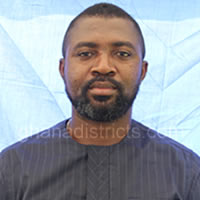



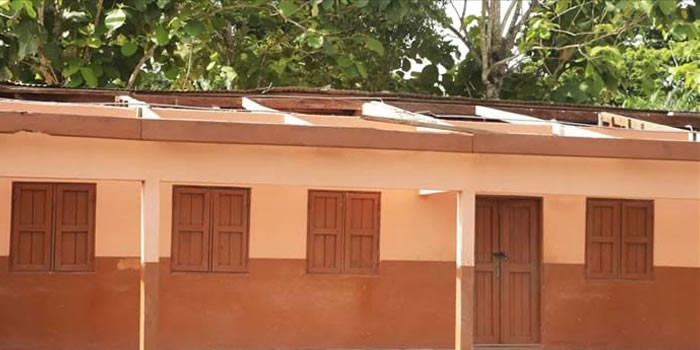

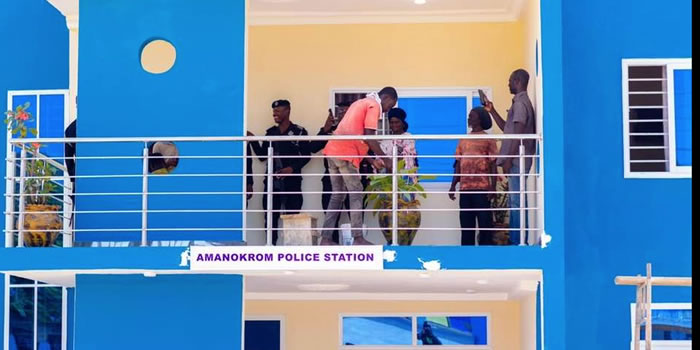
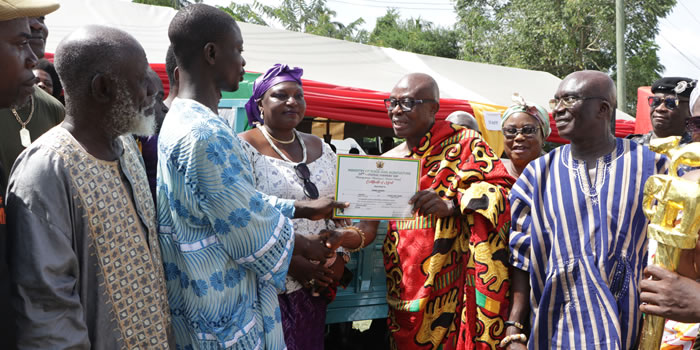
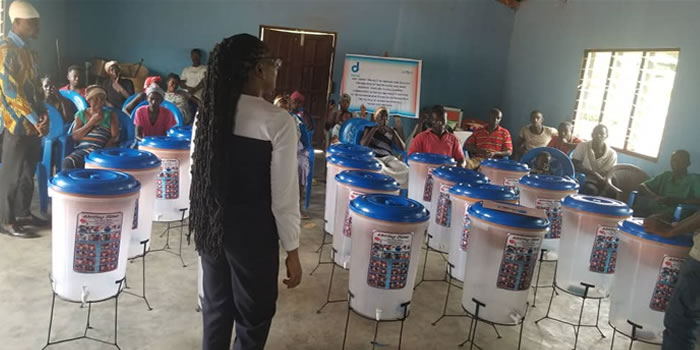
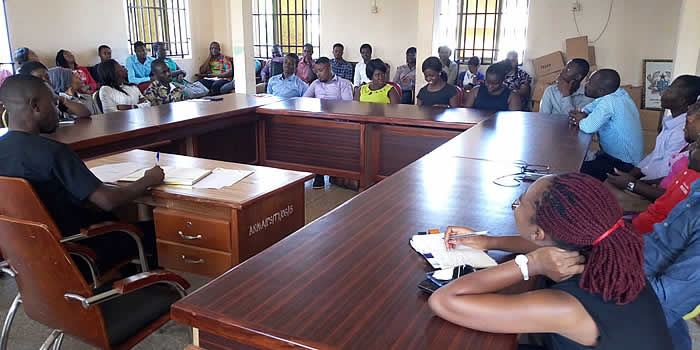


 facebook
facebook
 twitter
twitter
 Youtube
Youtube
 +233 593 831 280
+233 593 831 280 0800 430 430
0800 430 430 GPS: GE-231-4383
GPS: GE-231-4383 info@ghanadistricts.com
info@ghanadistricts.com Box GP1044, Accra, Ghana
Box GP1044, Accra, Ghana